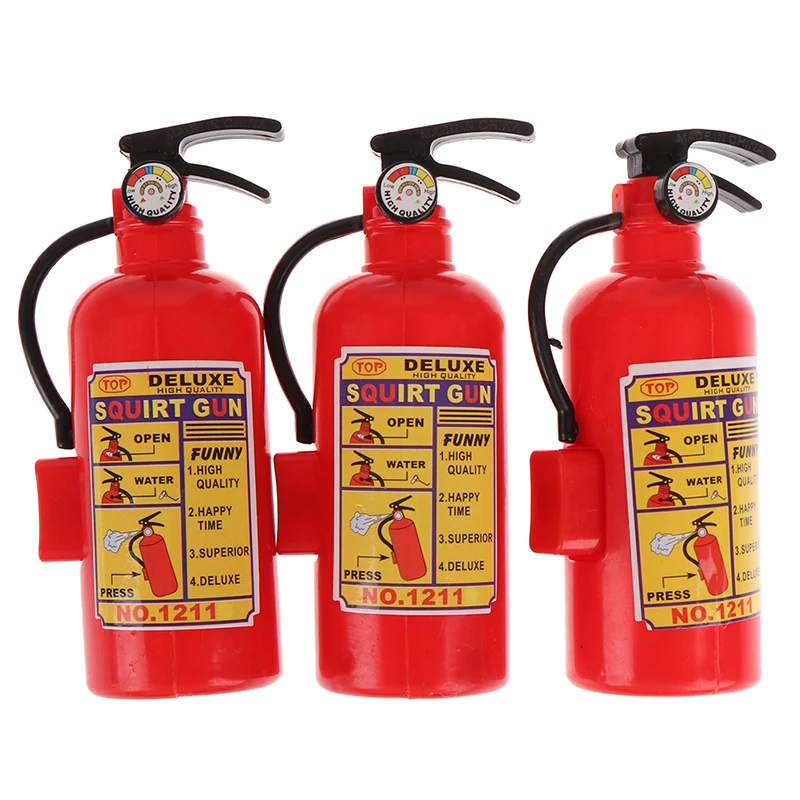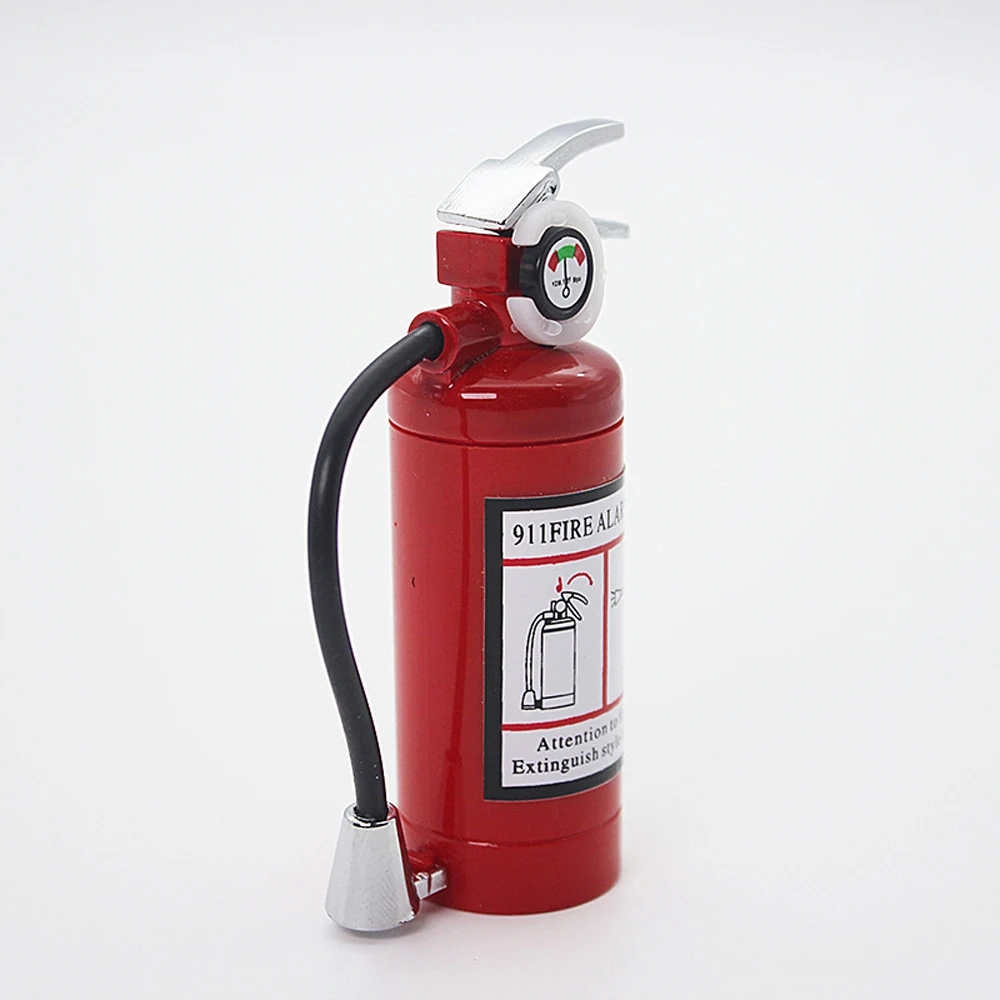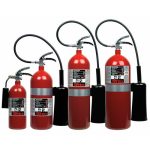I. Introduction
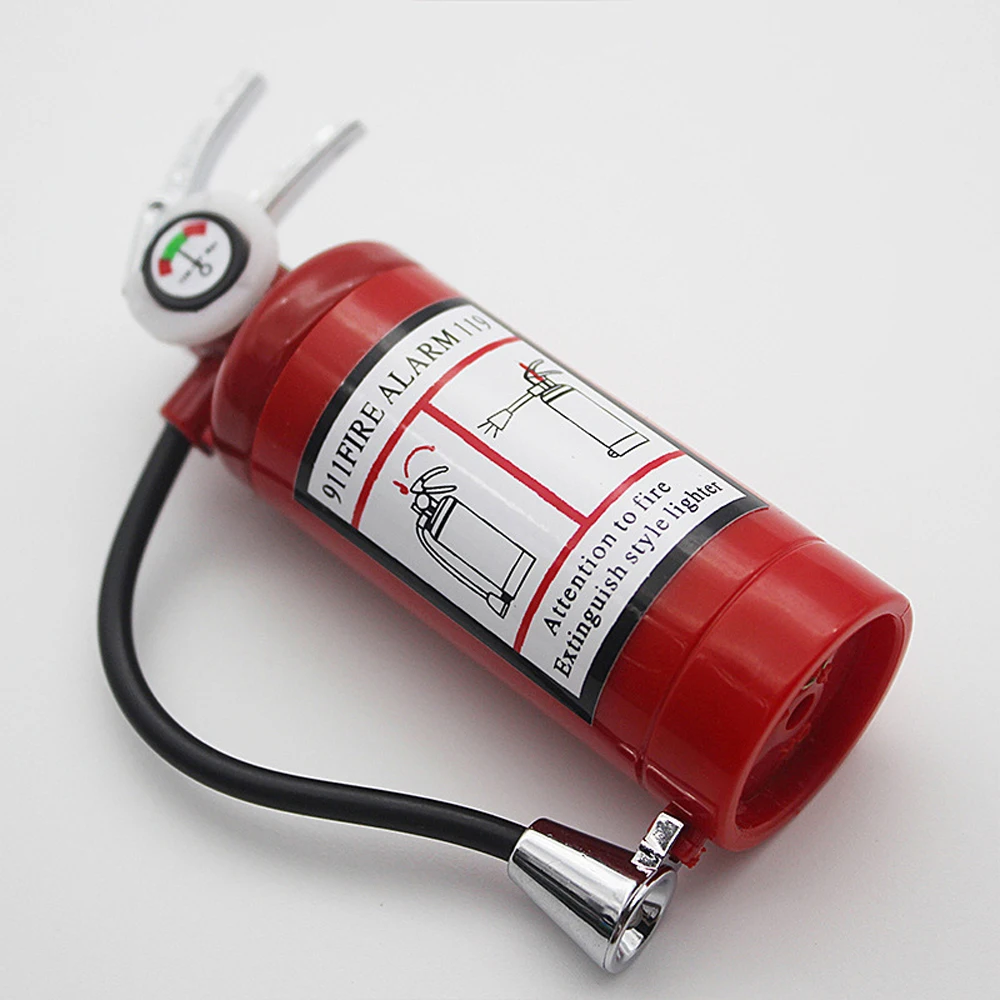
A. Importance of regular maintenance and recharging
Regular maintenance and knowing how to recharge a fire extinguisher are crucial for ensuring their effectiveness in case of an emergency. Fire extinguishers are essential safety devices that can suppress or extinguish small fires, preventing them from spreading and causing significant damage. However, like any mechanical device, fire extinguishers require proper maintenance and periodic recharging to remain in optimal working condition.
Regular maintenance involves inspecting the extinguisher for any signs of damage, checking the pressure gauge, and ensuring that all components are in good working order. Recharging, on the other hand, is the process of refilling the extinguisher once it has been discharged or when its pressure level has dropped. This replenishes the extinguishing agent within the unit, making it ready for use again.
B. Significance of understanding the process for personal safety
Understanding the process of recharging a fire extinguisher is essential for personal safety. Fire emergencies can occur at any time, and having a properly functioning and fully charged fire extinguisher can make a significant difference in effectively extinguishing a fire or preventing its spread.
By understanding the process of recharging a fire extinguisher, individuals can ensure that their extinguishers are always ready for use. They can identify any potential issues or malfunctions, such as damaged components or low pressure levels, which may render the extinguisher ineffective during a fire emergency. Additionally, understanding the process allows individuals to recharge their fire extinguishers correctly, without risking personal injury or damage to the device.
II. Types of Fire Extinguishers
A. Overview of commonly used fire extinguisher types
There are several types of fire extinguishers, each designed to combat specific types of fires. The most commonly used fire extinguisher types include:
- Water-based extinguishers: These extinguishers are suitable for Class A fires, which involve common combustible materials such as wood, paper, and cloth.
- Foam extinguishers: Foam extinguishers are effective against Class A and Class B fires. They work by smothering the fire and preventing oxygen from reaching the fuel source.
- CO2 extinguishers: CO2 extinguishers are primarily used for Class B and Class C fires, involving flammable liquids and electrical equipment. The extinguishing agent in these extinguishers is carbon dioxide, which displaces oxygen and extinguishes the fire.
- Dry chemical extinguishers: Dry chemical extinguishers are versatile and can be used on Class A, B, and C fires. They contain a dry powder that disrupts the chemical reaction of the fire, extinguishing it.
- Wet chemical extinguishers: Wet chemical extinguishers are specifically designed for Class F fires, which involve cooking oils and fats. The extinguishing agent reacts with the fire to form a soapy substance, preventing reignition.
B. Understanding the specific requirements for each type
Each type of fire extinguisher has specific requirements for maintenance and recharging. It is crucial to understand these requirements to ensure that the extinguisher is properly maintained and recharged.
Water-based extinguishers, for example, should be checked for any signs of corrosion, leakage, or damage to the pressure gauge. Recharging these extinguishers involves draining and cleaning the cylinder before refilling it with the appropriate amount of water-based extinguishing agent.
Foam extinguishers require similar maintenance checks, with additional attention to the foam-producing mechanism. Recharging involves discharging the extinguisher, rinsing the cylinder, and refilling it with foam concentrate and water.
CO2 extinguishers need to be inspected for any signs of leakage or damage to the discharge horn and hose. Recharging involves discharging the extinguisher completely, inspecting and cleaning the cylinder, and refilling it with the appropriate amount of CO2.
Dry chemical extinguishers should be inspected for any signs of clogging, corrosion, or damage to the discharge hose. Recharging involves discharging the extinguisher, inspecting and cleaning the cylinder, and refilling it with the appropriate type and amount of dry chemical powder.
Wet chemical extinguishers require inspection for leakage, clogging, or damage to the discharge nozzle. Recharging involves discharging the extinguisher, cleaning and inspecting the cylinder, and refilling it with the appropriate amount of wet chemical solution.
III. Steps for Recharging a Fire Extinguisher
A. Preparing for the recharge
- Gathering necessary equipment and materials
Before recharging a fire extinguisher, it is essential to gather all the necessary equipment and materials. This typically includes personal protective equipment (PPE), such as gloves and goggles, the appropriate extinguishing agent, a funnel or pump for refilling, cleaning materials, and a pressure gauge or test kit.
- Ensuring adequate ventilation and safety measures
Recharging a fire extinguisher may involve working with potentially hazardous materials or chemicals. It is crucial to ensure adequate ventilation in the recharge area to prevent exposure to fumes or gases. Additionally, following proper safety procedures, such as using appropriate PPE, can help minimize the risk of injury or accidents during the recharge process.
B. Discharging the extinguisher
- Following proper discharge procedures
Before recharging a fire extinguisher, it is important to discharge it completely to ensure that the cylinder is empty. This involves following the proper discharge procedures, which may vary depending on the type of extinguisher. It is crucial to refer to the manufacturer’s instructions or consult a professional if unsure about the correct discharge procedure.
- Ensuring complete discharge to avoid malfunctions
To avoid malfunctions or residual extinguishing agent in the cylinder, it is important to ensure complete discharge. This can be done by tilting or shaking the extinguisher, aiming the discharge nozzle in a safe direction, and pressing the discharge handle until no more agent or pressure is expelled.
C. Refilling the extinguisher
- Inspecting and cleaning the cylinder
After the extinguisher has been completely discharged, the cylinder should be inspected for any signs of damage or corrosion. Any residue from the previous extinguishing agent should be cleaned, and the cylinder should be dried before refilling.
- Adding the appropriate type and amount of extinguishing agent
The next step is to refill the extinguisher with the appropriate type and amount of extinguishing agent. This information can typically be found on the manufacturer’s label or in the user manual. The extinguishing agent should be added carefully, using a funnel or pump, to avoid spillage or contamination.
IV. Safety Precautions
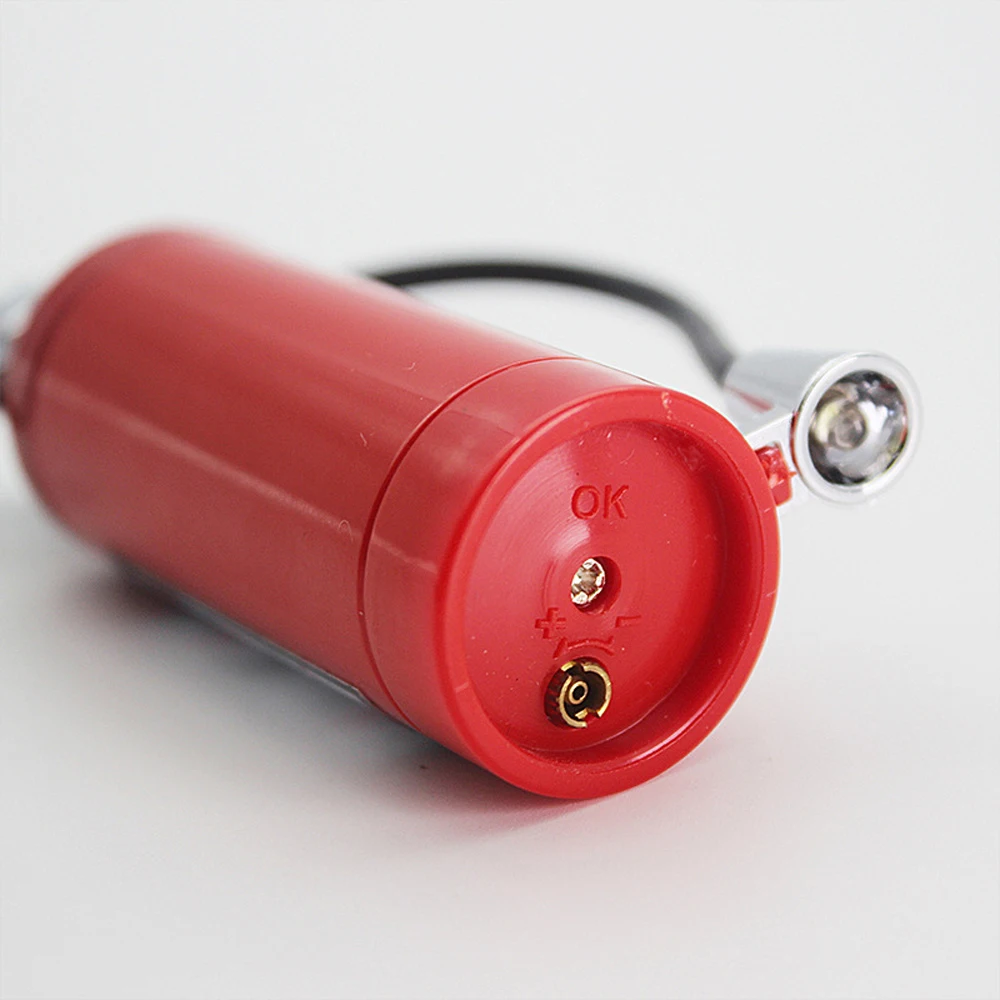
A. Personal protective equipment (PPE)
- Wearing gloves, safety goggles, and a respirator
When recharging a fire extinguisher, it is essential to prioritize personal safety by wearing the appropriate personal protective equipment (PPE). This includes gloves, safety goggles, and a respirator. Gloves protect against potential skin irritants or harmful chemicals, while safety goggles safeguard the eyes from any potential splashes or sprays. Additionally, wearing a respirator helps prevent the inhalation of airborne particles or toxic fumes that may be present during the recharging process.
- Protecting against harmful chemicals and toxins
Fire extinguishers contain various chemicals and agents that are used to suppress fires. During the recharge process, it is crucial to be aware of these substances and take necessary precautions. Avoid direct contact with the extinguishing agent and be cautious while handling any leftover residue or discharged material. If accidentally exposed to these chemicals, quickly rinse the affected area with water and seek medical attention if necessary.
B. Adequate ventilation and fire safety measures
- Working in a well-ventilated area
To ensure safety during the recharge process, it is important to work in a well-ventilated area. Proper ventilation helps dissipate any fumes or odors that may be emitted during the recharging process. This can be achieved by working near an open window or using portable fans to improve air circulation. Adequate ventilation helps minimize the risk of inhaling harmful fumes and maintains a safe working environment.
- Keeping fire extinguishers away from ignition sources
During the recharge process, it is crucial to keep the fire extinguishers away from any potential ignition sources. This includes open flames, sparks, or electrical equipment that may generate heat. Placing the extinguishers in a designated area free from any potential fire hazards ensures the safety of both the individual recharging the extinguishers and the surrounding environment.
C. Proper disposal of discharged extinguishing agent
- Following local regulations and guidelines
Once a fire extinguisher has been discharged and refilled, it is important to adhere to local regulations and guidelines for the proper disposal of the discharged extinguishing agent. Different regions may have specific requirements for the disposal of chemicals and hazardous waste. Research and understand the local regulations to ensure compliance and environmentally responsible handling of the discharged agent.
- Using proper containment and disposal methods
When disposing of the discharged extinguishing agent, it is essential to use proper containment and disposal methods. This may involve using sealed containers or bags specifically designed for hazardous waste disposal. Do not pour the discharged agent down drains or dispose of it in regular trash bins. Instead, contact local waste management facilities or fire departments for guidance on how to properly dispose of the discharged extinguishing agent.
By following these safety precautions, you can ensure a safe and efficient process when recharging a fire extinguisher. Remember to prioritize personal safety, adhere to proper ventilation and fire safety measures, and use appropriate disposal methods for any discharged extinguishing agent. By doing so, you contribute to creating a safe environment while maintaining the functionality and effectiveness of the fire extinguisher.
